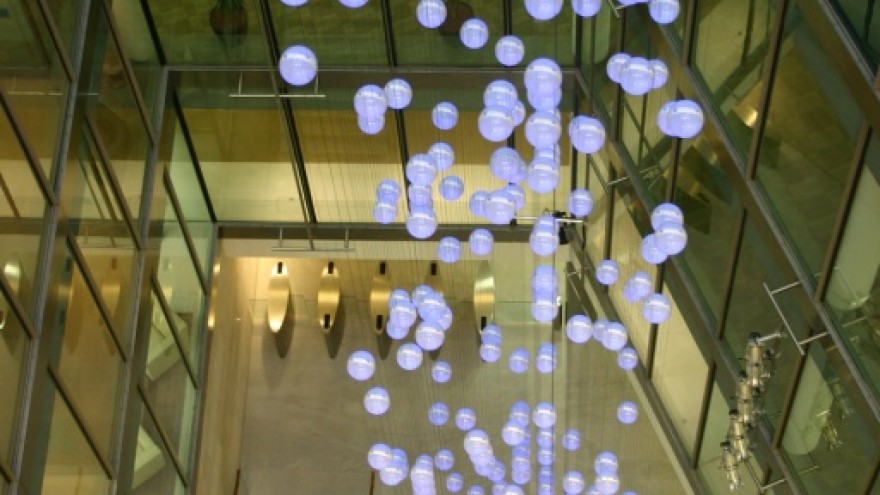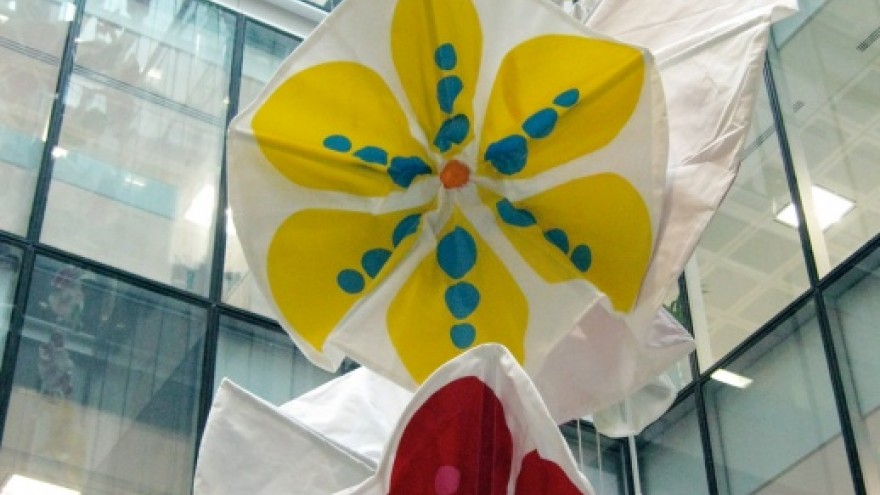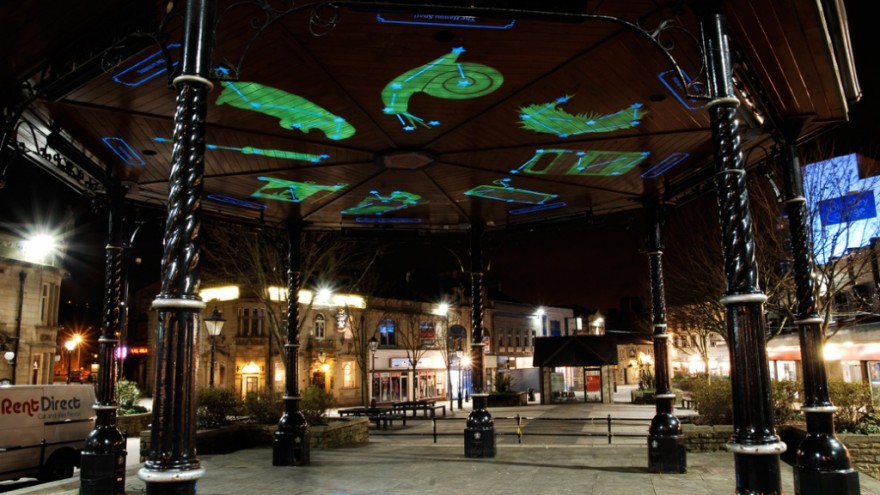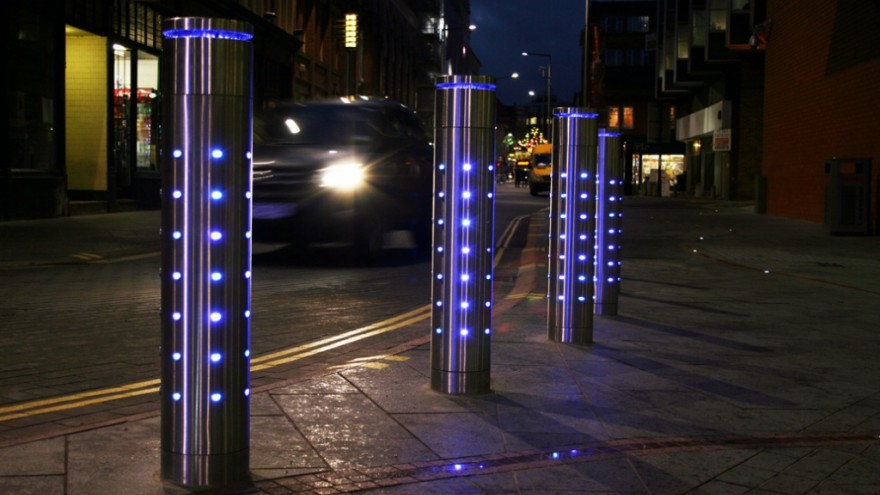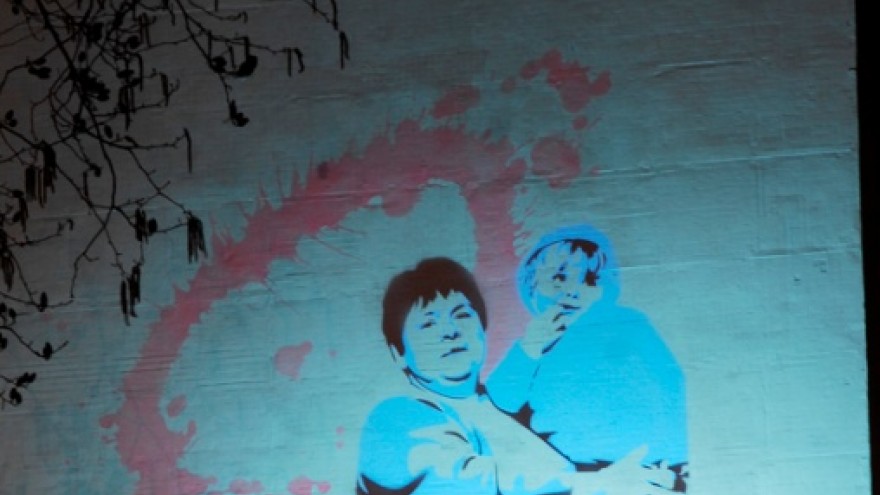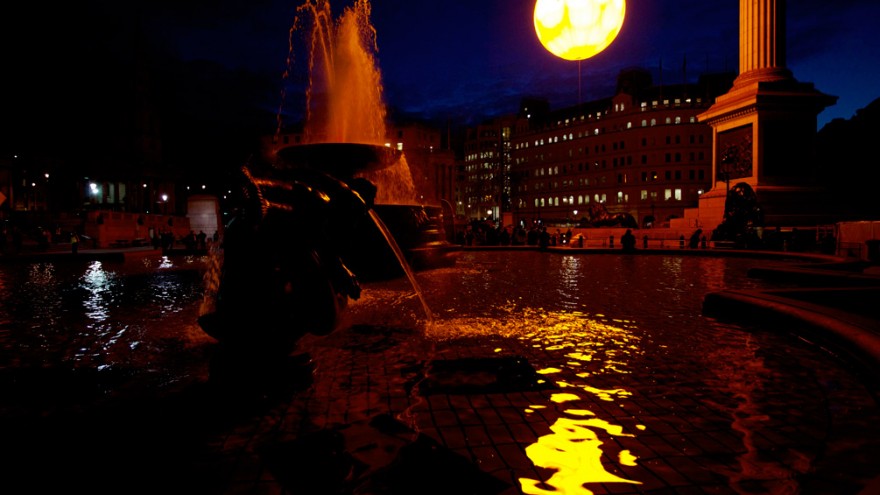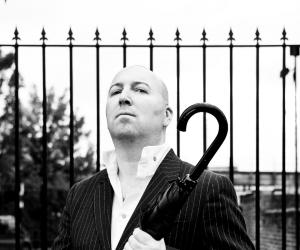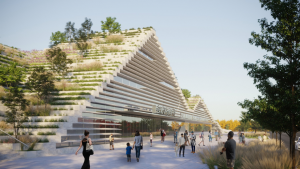Andrew Shoben is the founder of greyworld, a group of artists that create public artworks, most notably in urban spaces.
Their work is about allowing for creative expression in parts of the city that usually excludes it, while also highlighting an element of play.
Over the years greyworld have created a number of permanent installations in cities around the world.
Shoben and greyworld have, on multiple occasions, been credited with revitalising public art. Icon Eye says: “By making the interaction effortless and invisible, greyworld’s work is infused with a sense of magic”.
Newsweek, too, have praised Shoben and greyworld for their unique approach to public art: “For centuries public art has meant monuments of bronzed warriors or controversial sculptures that were more often reviled than admired. greyworld is trying to change all that, using its imaginative installations to transform the world’s dreary urban areas.”
One of greyworld’ most recent projects was "Trafalgar Sun", which happened on 23 January 2012. It’s that time of year when the spiritedness of the festive season has disappeared and there’s very little daylight in the northern hemisphere. To brighten things up a little bit, greyworld created a special "Sun" for Trafalgar Square in London. Weighing 2.5 tons, and using 210,000 watts of power, the Sun illuminated the Square to give Londoners a brighter start.
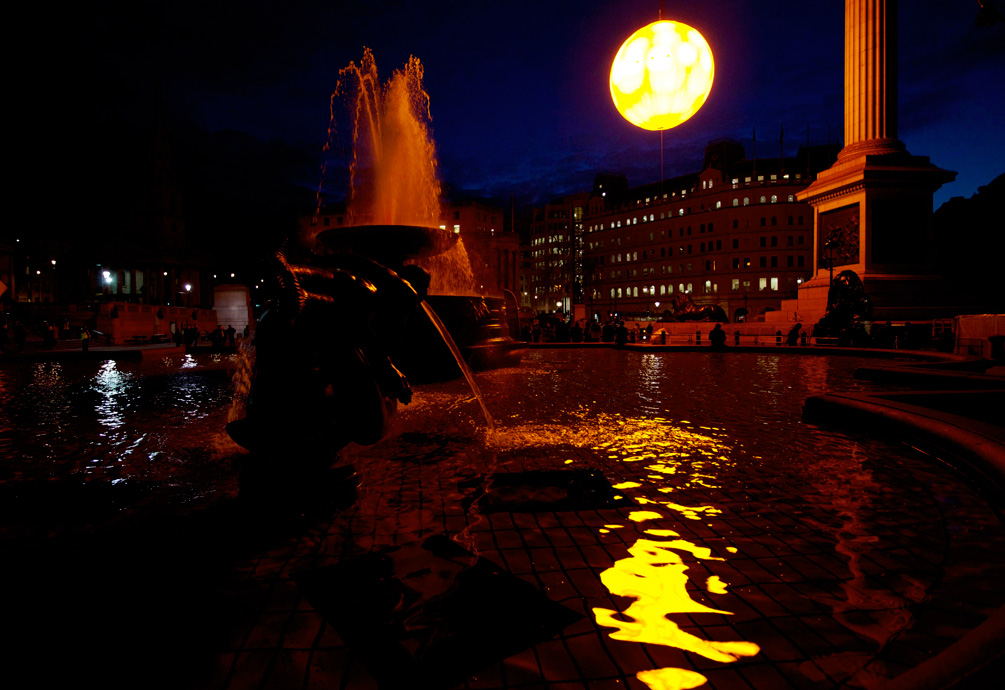
The 2008 “Invisible” project saw Shoben turning the British town of Burnley into a canvas for magical paintings that appear and disappear throughout the day and night, offering local residents a way to explore their home town in a whole new light.
For the 2007 “Bloom” installation greyworld created a 55-metre permanent installation for a striking new development in London.
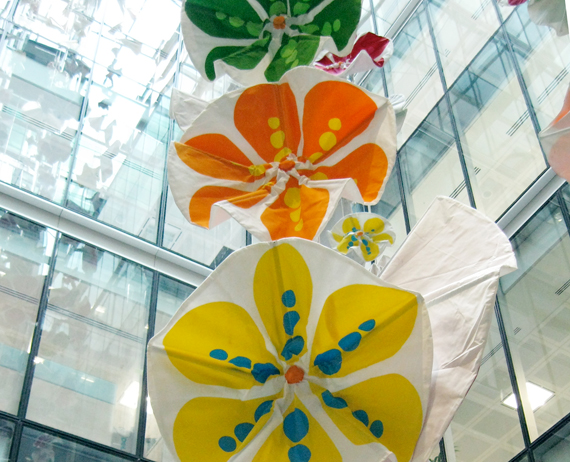
Occupying the full height of the building’s 10-storey central atrium, Bloom uses hundreds of flowerrs, hidden within the columns and suspended in the space, to make the building bloom into life. More than that, the installation is programmed to respond to the motion of people as they enter the atrium.
Arguably one of Shoben’s most publicised works, the 2004 “The Source” project was an eight-storey high kinetic sculpture for the London Stock Exchange.
“Musica” comprises a series of 30 columns scattered within the protected boundary of a pedestrian square. At first glance each column would appear to be an ordinary bollard but these objects have been injected with a magic serum that has transformed them into elegant music boxes. As people pass through the space, the columns respond directly to their motion and spin gently, playing unique fragments of sound.
See more at Design Indaba Conference.
Andrew Shoben will be speaking at Design Indaba Conference from 29 February to 2 March 2012.

